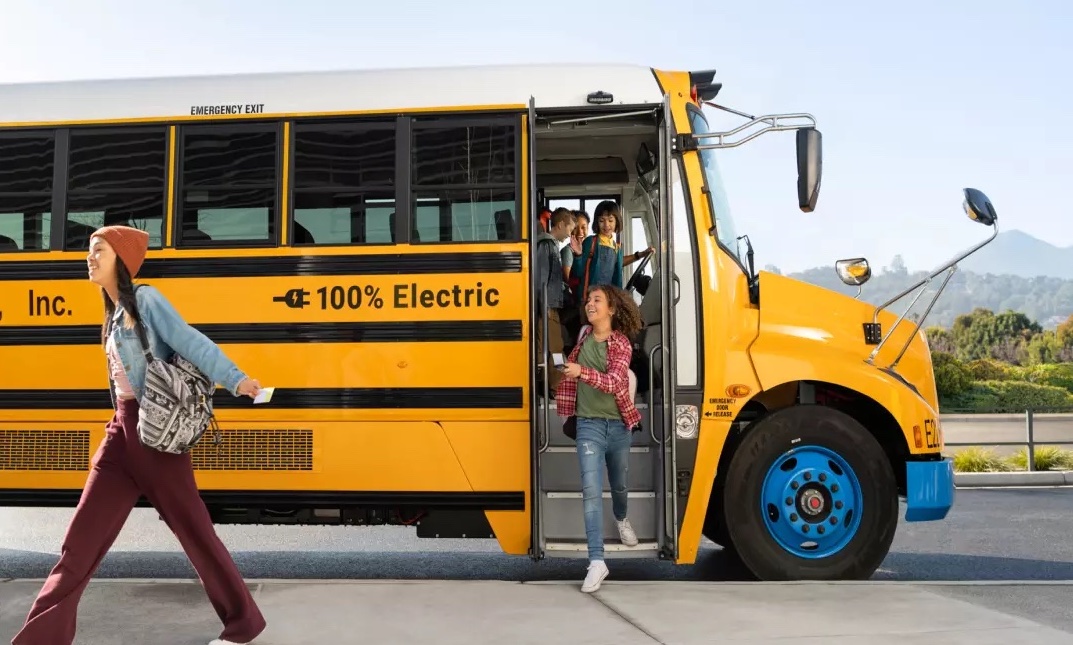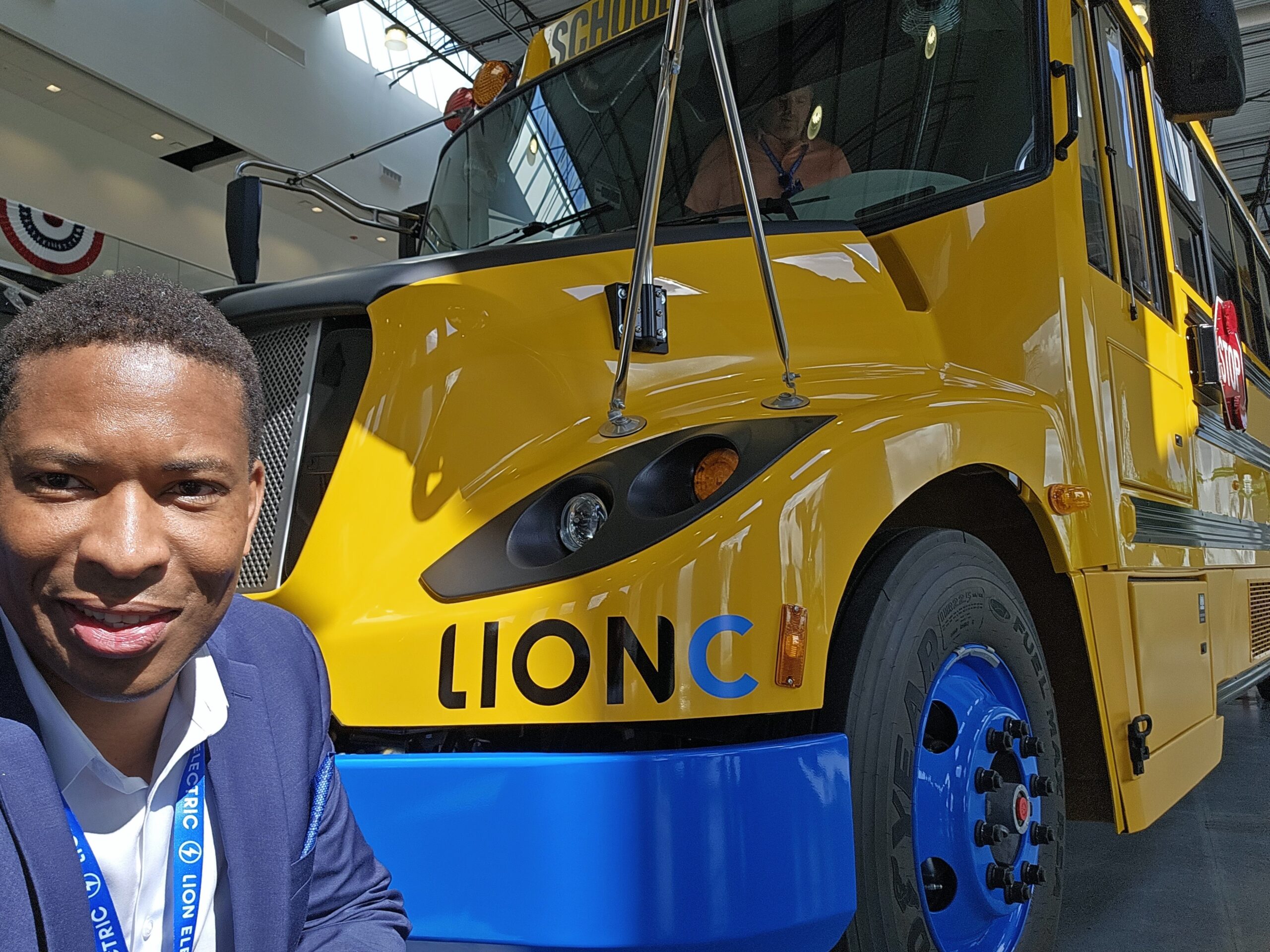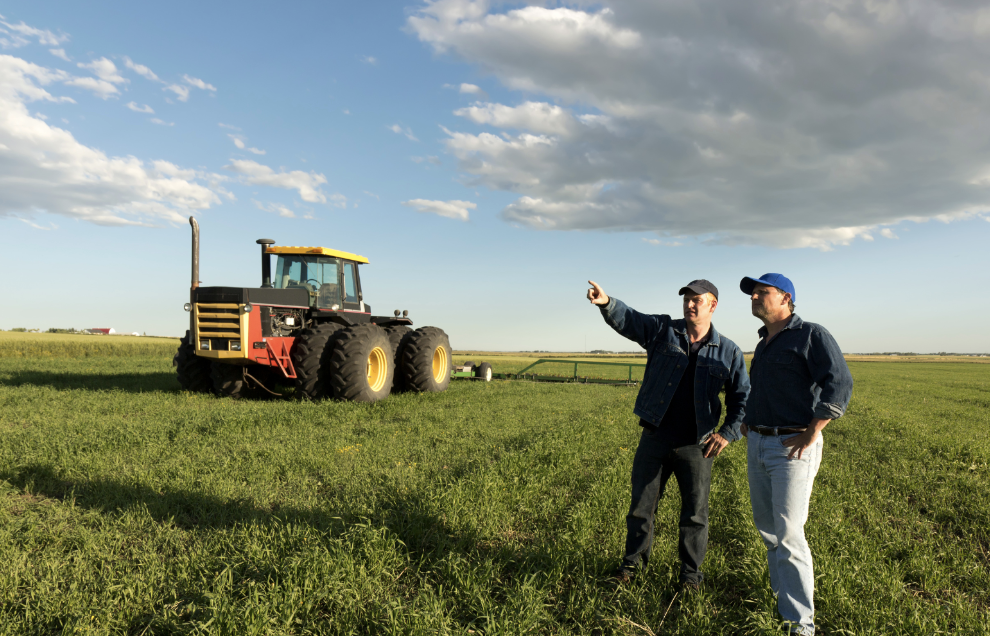
Clean Energy Legislative Update • September 2023
The 2023-24 legislative session in Wisconsin is nearing the halfway point. Much has happened in the last year, and we are hoping to make great strides by the end of the current legislative session.
This year’s biennial budget bill for 2023-25 had several provisions we were monitoring — however, most of them were removed from the final version. The budget did ultimately include a $75 increase to annual registration fees for electric vehicles.
Despite the outcome of the budget bill, there are still opportunities in several key areas. One of our main focuses of late has been net metering and the two rate cases before the Public Service Commission of Wisconsin (PSCW). We are also working to remove barriers in the effort to build EV charging infrastructure while also supporting bills that would allow Wisconsin residents to participate in community solar projects.
Net Metering Proposal
In most states, when you generate electricity from solar panels on your property, you get a credit for the energy you produce, reducing your electricity purchases from the utility and some compensation for sending any excess electricity from your system back to the grid. RENEW Wisconsin has been active in two net metering rate cases before the Public Service Commission of Wisconsin (PSCW).
In the Alliant Energy rate case, RENEW and Alliant have agreed to preserve net metering for two years and have created a clear pathway for future rooftop solar installations. At the end of the two-year period, new Alliant solar customers will shift away from net metering and into Power Partnership, a proposal that will support the sustainability of the solar industry.
RENEW still believes that net metering is the best policy for Wisconsin’s current solar industry, and our opposition to MGE’s proposal continues. The comment period for MGE’s rate case before the PSCW has closed. A final decision from the PSCW in both the MGE and Alliant rate cases is expected in late October or early November.
- RENEW staff has testified in both rate cases before the PSCW.
- RENEW has encouraged and empowered our members and the public to support net metering through the public comments process.
- RENEW staff is engaged with state legislators, making them aware of how these rate cases will affect their constituents and the solar industry in general.
Electric Vehicle Charging
Recognizing the need for better access to charging stations to support the electric vehicle industry, RENEW is working to support efforts to remove some of the barriers created by restrictions in state law. State law limits private companies’ ability to build charging stations by only allowing electric utilities to sell electricity to the public.
- RENEW anticipates legislation (likely led by Sen. Howard Marklein) to be introduced this fall to remove some of these barriers.
- RENEW is seeking a proposal that would allow non-utilities to provide electricity at charging stations by using the national standard of charging by the kilowatt hour rather than by the time it takes to charge.
- RENEW staff have been in regular communication with various interested parties and we hope to see movement on this proposal soon.
- To support these efforts, we also have preliminary plans to host educational, lobbying, and test-driving electric vehicle events through the fall.
Community Solar
Current Wisconsin state law limits solar installations to larger utility-built projects and smaller rooftop installations on private property of individual homes or businesses. What is lacking is the option for community-based projects for individuals to participate in solar energy generation even if they do not own the building or have adequate sun exposure or roof space to accommodate solar installations.
RENEW Wisconsin has joined a coalition of groups that support community solar projects that would provide new opportunities for the industry and customers. Two bills were introduced earlier this year that would allow Wisconsin residents to participate in community solar projects. SB 226 was authored by Sen. Duey Stroebel, and AB 258 was authored by Rep. Scott Krug.
- RENEW is encouraging the chairman of the committee, Sen. Julian Bradley, to schedule a hearing in October in the Senate Committee on Utilities & Technology.
- More than 30 organizations are listed as lobbyists on the proposal, with an almost equal number for and against.
- Utility groups and labor representatives have strongly opposed the bills.
- Supporters along with RENEW include the Alliance of WI Retailers, NAIOP Commercial Real Estate Association, League of WI Municipalities, WI Property Taxpayer Association, and Fieldworks Power.




 In fact, with the costs of recharging and maintenance for electric school buses being significantly lower than that of refueling and maintenance costs for diesel buses, school districts can save thousands of dollars every year by transitioning to these clean buses.
In fact, with the costs of recharging and maintenance for electric school buses being significantly lower than that of refueling and maintenance costs for diesel buses, school districts can save thousands of dollars every year by transitioning to these clean buses.







